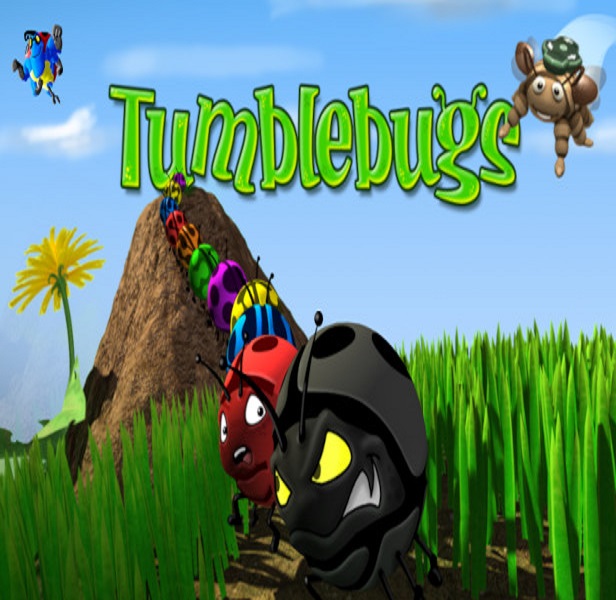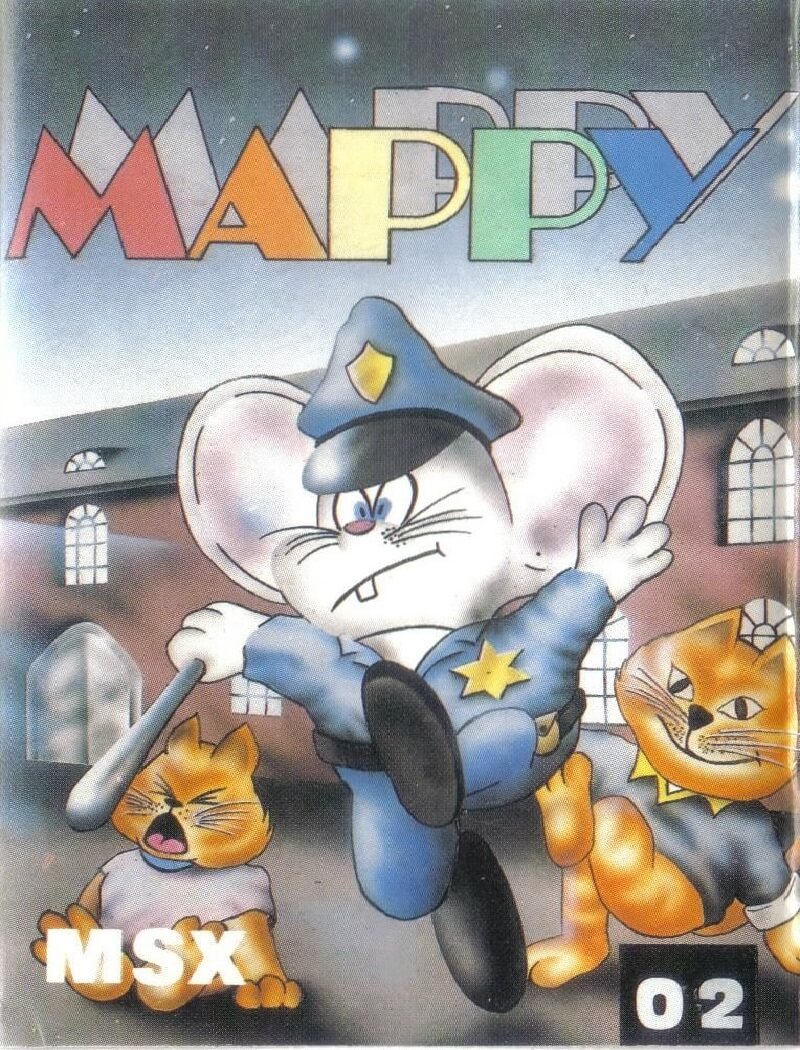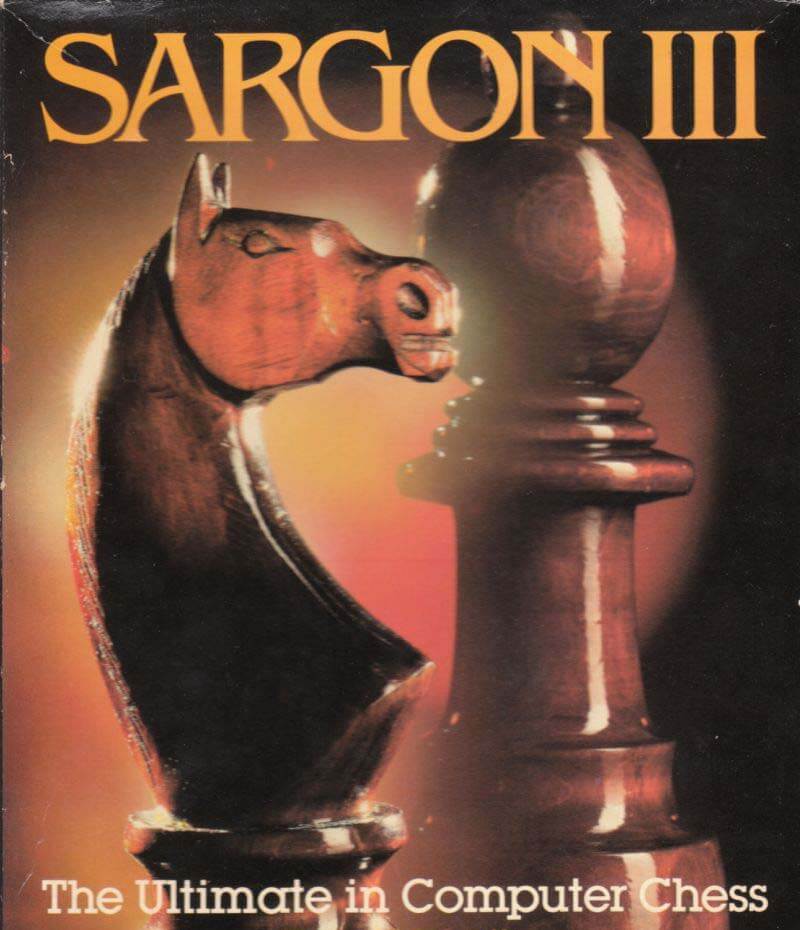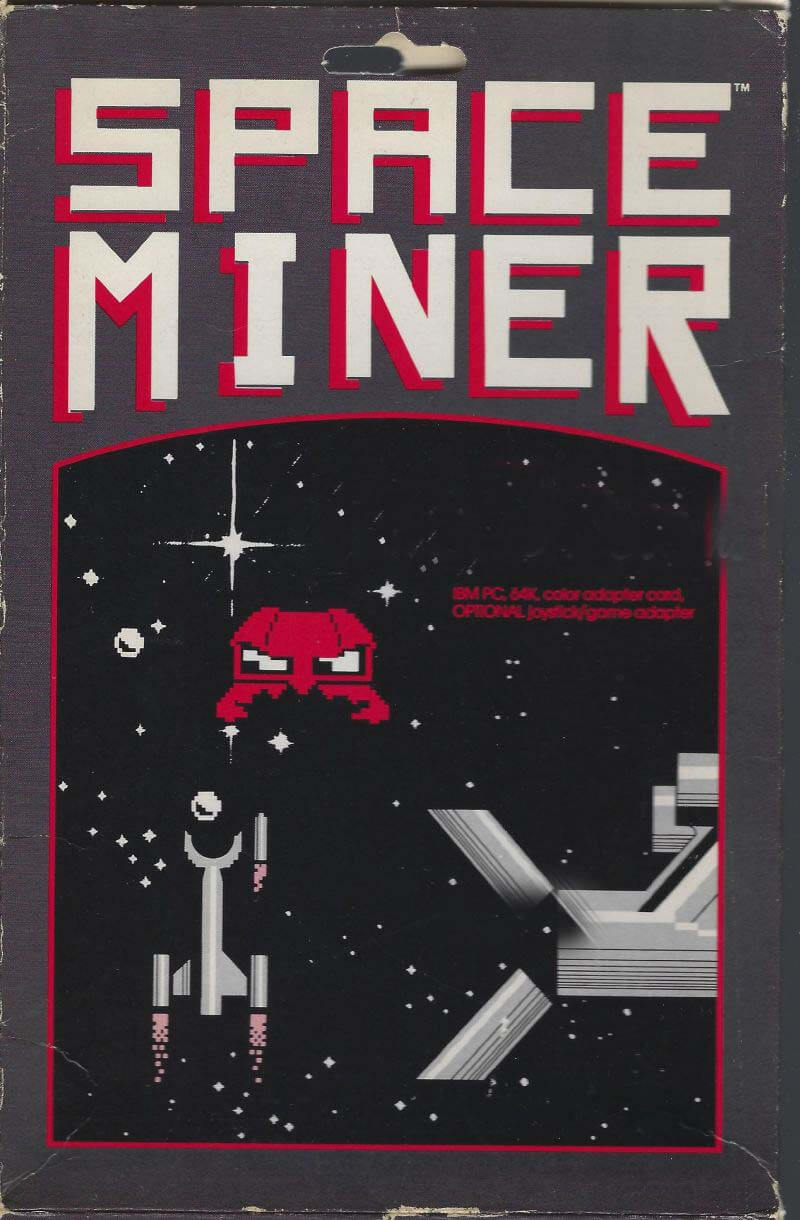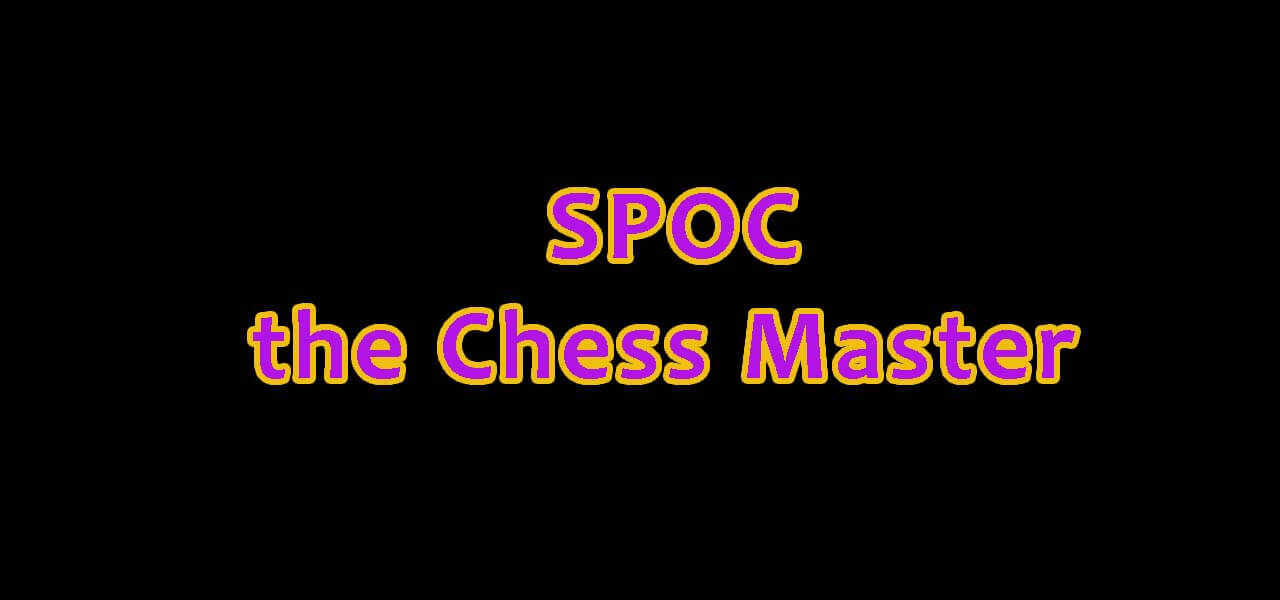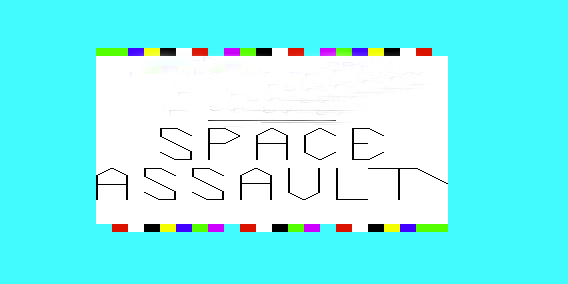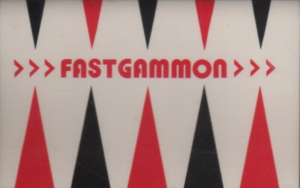
Download Fastgammon
Fastgammon_Atari-8-bit_EN.zipIn the world of board games, there are classics we all remember and loveand then there are hidden gems that, despite their brilliance, remain lesser-known. One such gem is Fastgammon, a game modelled after the ancient and wildly popular game of backgammon. Created in 1978, Fastgammon was designed to offer players a quicker, yet equally challenging version of traditional backgammon. This article aims to shed light on Fastgammon, exploring its unique aspects, the rules of the gameand what made it stand out in the late 70s.
The Birth of Fastgammon
Fastgammon was introduced in 1978 as a modern twist on backgammon. The goal behind its creation was simple – to provide a faster-paced alternative to backgammon that could be enjoyed both by seasoned players and those new to board games. Its design and rules were crafted to retain the strategic depth of backgammon while reducing the game’s duration, making it more accessible and appealing to a broader audience.
How Fastgammon is Played
At its core, Fastgammon shared many similarities with traditional backgammon. Players competed on a board divided into 24 narrow triangles called points, with the game pieces moved according to the roll of dice. However, Fastgammon introduced several rule changes to speed up the gameplay:
- Fewer Game Pieces: One of the primary differences was the reduction in the number of game pieces (also known as checkers or counters) per player, accelerating the game’s progress.
- Streamlined Rules: Certain complex rules of backgammon were simplified or removed in Fastgammon, focusing on a more straightforward gameplay experience.
- Special Dice Rolls: Fastgammon incorporated unique dice rules to add unpredictability and excitement to the game, encouraging faster rounds.
Why Fastgammon Stood Out
Despite its simplicity, Fastgammon managed to capture the essence of what makes backgammon compelling. The strategic depth was not lost in this version; if anything, the streamlined rules and quicker gameplay demanded quicker thinking and adaptation from the players. The special dice rolls and reduced number of pieces added layers of strategy that could appeal both to players looking for a casual game and those desiring a challenging, fast-paced battle of wits.
Legacy and Availability
While Fastgammon never reached the heights of popularity enjoyed by traditional backgammon, it left a significant mark on those who played it. Today, finding a physical copy of the game can be a challenge, as it has become a collector’s item among board game enthusiasts. However, the spirit of Fastgammon lives on through digital versions and adapted rulesets inspired by the game, allowing new generations to experience its quick and engaging gameplay.
Conclusion
Fastgammon, with its innovative take on the game of backgammon, represents a unique chapter in the history of board games. Its introduction in 1978 provided a refreshing alternative for players seeking faster, more accessible gameplay without sacrificing the strategic depth that makes board games so engaging. While it may not be as widely recognized as some of its contemporaries, Fastgammon’s legacy as a beloved variation of backgammon endures among fans and collectors alike.
For those interested in the evolution of board games or looking for a fast-paced, strategy-driven game, Fastgammon is a worthwhile discovery. Its simplicity, coupled with the strategic thinking it requires, showcases the ingenuity and creativity of game design in the late 70s, reminding us that sometimes, the best experiences come in the simplest packages.
Whether you are a seasoned backgammon player or someone new to the world of board games, Fastgammon offers an exciting and fast-moving experience that stands the test of time.
